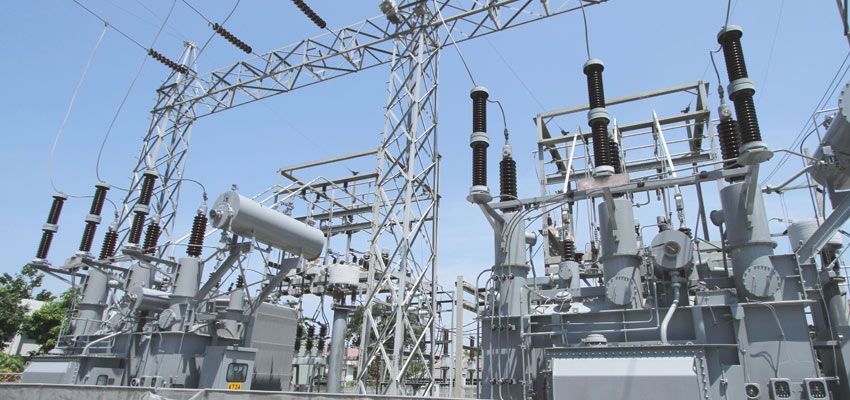How can power transformers efficiently reduce losses?
Under the condition that the electricity demand and safety of the power supply object are met, technical or management measures are taken to make the transformer operate in a state with the lowest power loss, which is called the economical operation of the transformer. The power loss of the transformer is not only related to the performance, capacity and number of the transformer, but also changes with the change of the load. When the no-load loss of the transformer is equal to the load loss, the efficiency of the transformer is the highest, that is, the proportion of the energy loss of the transformer is the smallest. Therefore, the reasonable selection of the transformer operation mode and the adjustment of the power load according to the economic operating conditions of the transformer can reduce the loss of the transformer and save electricity.
The main energy saving measures of power transformers are as follows:
1. Under normal circumstances, the load of power transformer operation is in an ideal state at about 60-70% Se. At this time, the transformer loss is small and the operating cost is low.
2. Every time the temperature rise of the power transformer exceeds 8°C, the service life will be reduced by half. If its operating temperature exceeds the allowable range of the transformer winding insulation, the insulation will age rapidly, and even the winding will break down and the transformer will be burned. Therefore, it is necessary to reduce the operating temperature of the power transformer to achieve energy saving.
3. The three-phase power transformer is unbalanced, and the maximum negative sequence current cannot exceed 5% of the positive sequence current. If the transformer winding YO is wired, the current flowing in the neutral line should not exceed 25% of the rated current of the transformer. Otherwise the loss will increase.
4. Various high-order harmonics in the power system will cause power loss. For power transformers, it is necessary to reduce or eliminate the high-order harmonics of the power supply system.
5. Reasonably distribute the load of the power transformer. If the distribution is improper, the active power loss of heavy load will increase, the reactive power loss of light load will increase, and the power factor will become worse.

Losses can be reduced by changing and optimizing the transformer structure
1. Reduce load loss
(1) The use of oxygen-free copper rods with higher conductivity than electrolytic copper can significantly increase the conductivity.
(2) Appropriately reduce the current density, improve the insulation structure, adopt semi-oil channels, prefabricated insulating parts, complete winding transposition, complete winding set, self-adhesive wire, and self-adhesive paper, reduce the insulation volume, improve the winding filling factor, and reduce the winding size, with an optimized design.
2. Reduce the loss of other components
(1) Improve the structure of the iron core, design and control the leakage magnetic flux of the winding, and adjust the ampere-turn balance to reduce the stray loss of structural parts such as the fuel tank.
(2) Use corrugated fuel tank, chip radiator and heat pipe to replace tube radiator, and replace old-fashioned radiator with new structure radiator to improve heat dissipation efficiency.
(3) Adopt reinforced plastic fan to improve efficiency and reduce noise.
(4) Use magnetic shielding or electrical shielding to reduce the stray loss of the fuel tank, and use non-magnetic materials as bundling parts or magnetic flux separators to increase the stray loss.
For two or more transformers running in parallel, the best operation mode of the transformers should be selected according to the technical performance parameters of the transformers running in parallel; for several transformers running in parallel, the technical performance parameters of each transformer should be used, and According to the principle of minimum total loss, the load of each transformer should be allocated reasonably; for transformers operating seasonally, the operation should be stopped in non-production seasons, and if the operation cannot be stopped, small-capacity transformers or variable-capacity transformers should be used; for the average load rate Transformers with less than 30% can be replaced with energy-saving transformers of corresponding capacity after technical and economic evaluation.
Kingrun Transformer Instrument Co.,Ltd.


More Transformer Testers from Kingrun


